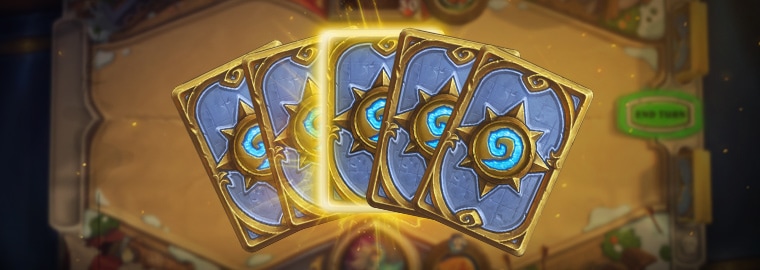
We’re halfway through Midgame Moves Week, and with the strategies to succeed or survive solidly behind us, we need to expound on an important thought: how to maintain a read on what's in your opponent's hand.

While you’ve been navigating the game—thinking every turn about whether you have lethal or if you can survive your opponent’s next turn—you also should be monitoring the state of your opponent’s hand and deck. Matthijs “Theo” Lieftink, a two-time representative of The Netherlands in the Hearthstone Global Games (HGG), has strong advice for anyone looking to improve their hand-reading skills, including how to bluff your opponent’s reads.
“Hand-reading is an important part of pro-level play, and you can get an edge if you are doing it better than your opponent,” Theo says. His advice? “Keep track of how many cards your opponent keeps in the mulligan.” If they’re still holding one of those cards into the midgame, it’s probably a critical tech card or a high-value element of their strategy. Of course, “It depends on what your opponent is playing,” Theo adds.
To learn hand-reading, he suggests thinking about what the absolute best play could have been every turn. If your opponent didn’t make the optimal play—for example, playing a Flamestrike on turn seven to clear your board of four-Health minions—that tells you that they probably didn’t have the tools to do so.
Countering your opponent’s hand-reading is the next level of difficulty. “Bluffing that you do or don’t have a certain card can be done in several ways,” Theo says. He suggests making plays that suggest a specific follow-up for your next turn is in-hand, whether you’re holding it or not. “The same thing can be done the other way around—making worse plays to pretend you don’t have a certain card in hand.” He’s quick to point out, however, that this can be risky—your opponent might play around the card you’re hiding anyway. “It’s important to know when you can afford to bluff,” he says. “Making ‘worse’ plays to set something up can always backfire.”

A special thanks to Theo for his continued provision of expert advice! Hand-reading is an enormously difficult skill to learn, and it’s one that even the best players continue to work at every day.
Armed with the knowledge that you should check for lethal, verify you have optimized your survival, and be watching your opponent’s hand and deck state at all times, there are just two key considerations left—so join us on Thursday and Friday to learn about how to succeed in the last stages of the mid-game!



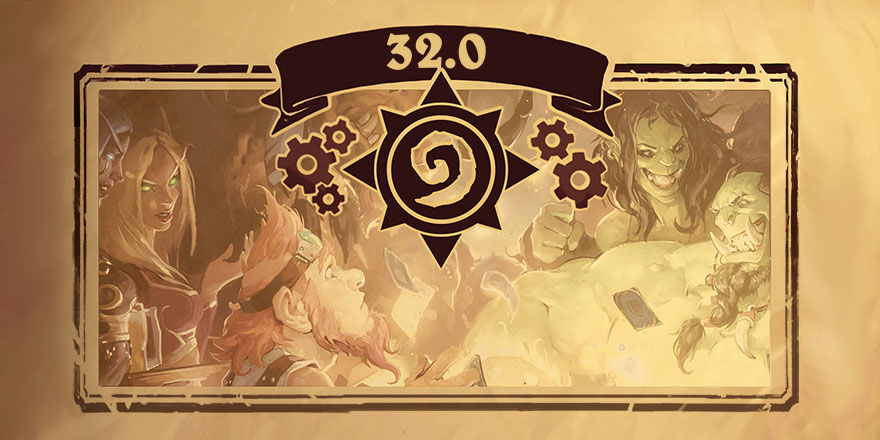



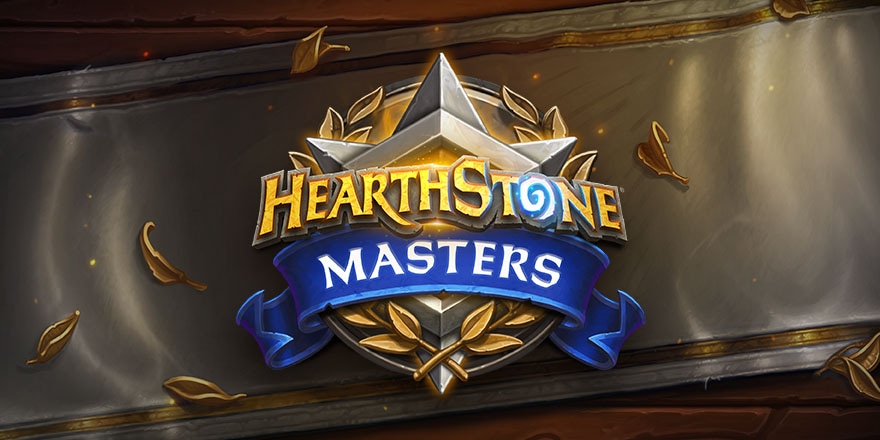


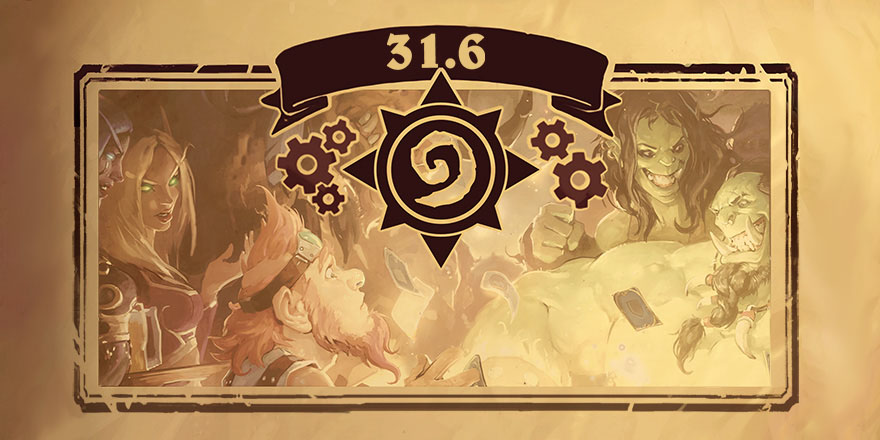

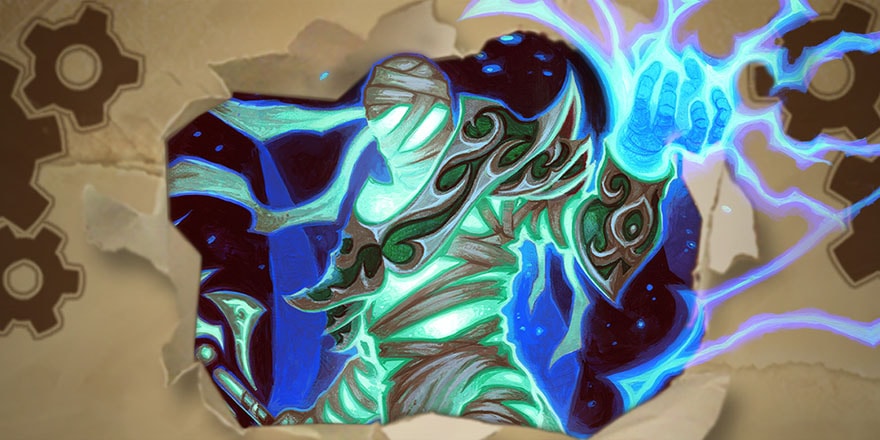
Stay Connected